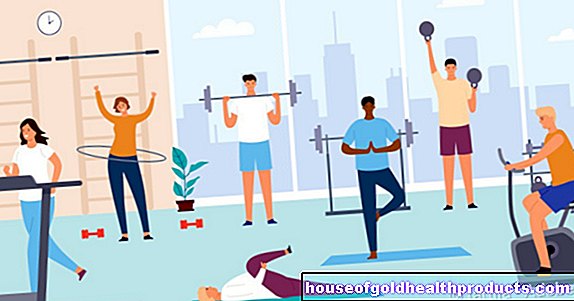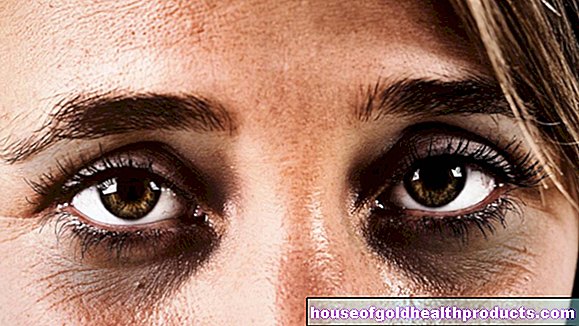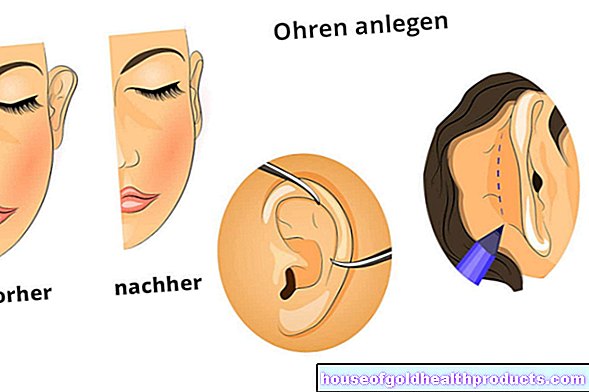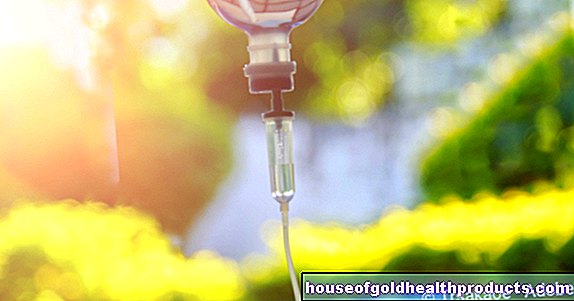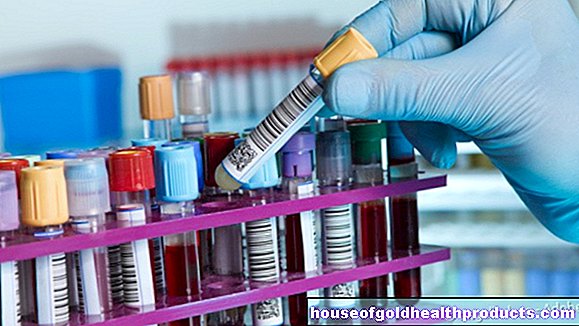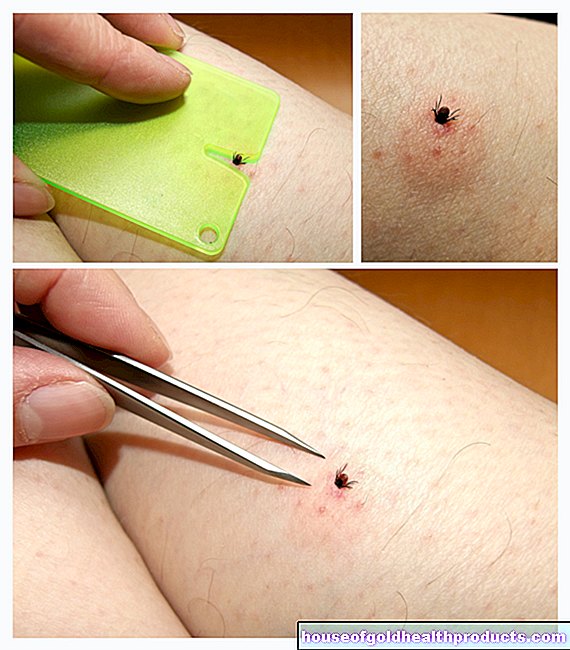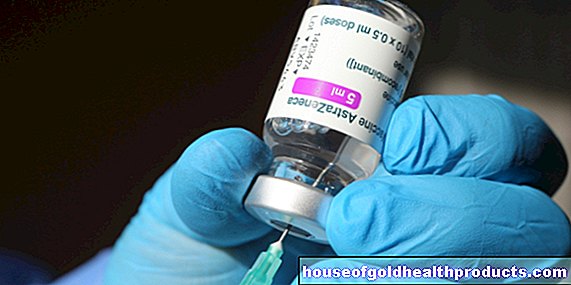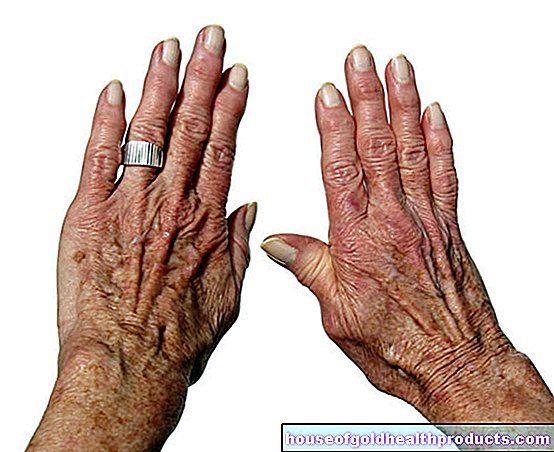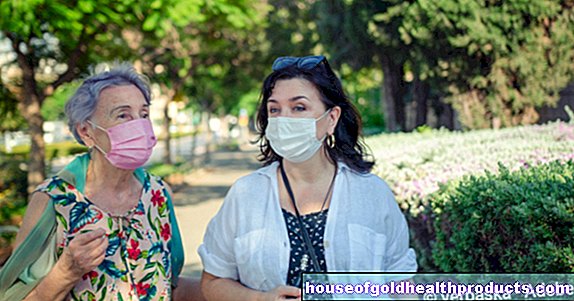Foot bandages against restless legs
All content is checked by medical journalists.Tingling, pain, and above all an unnatural urge to move - Restless Legs, in German "restless legs", cause problems for their owners. Medicines help against this - but they have side effects. A better alternative could be special foot wraps.
In more severe forms of Restless Legs Syndrome (RLS), patients are usually given drugs that affect dopamine levels in the brain. Researchers led by Phyllis Kuhn from the Lake Erie Institute in Pennsylvania have now tested a method that influences the dopamine balance in a non-medicinal way: with the help of special foot bandages.
These put pressure on two muscles of the feet: the abductor hallucis (the “puller” of the big toe) and the flexor hallucis brevis (the “short flexor” of the big toe). The pressure apparently stimulates the release of dopamine in the brain - similar to massage therapy or acupuncture. “This enabled us to induce a reaction in the brain that relaxes the muscles that are activated in RLS,” explains Kuhn. In this way, the body functions can be regulated without medication - and thus without serious side effects.
Foot wraps help better
The scientists tested the foot bandages on a total of 30 people with moderate to severe Restless Legs Syndrome. They then compared the success of the treatment with three study results that examined the effectiveness of the drug ropinirole, a so-called dopamine agonist. Such drugs are standard treatment for the syndrome.
The foot bandages proved not only to be effective, but also to be clearly superior to the medication: the symptoms of the participants treated with foot wraps improved by 90 percent; with drug therapy, it was only 63 percent before. Insomnia, which is particularly troublesome for people with RLS, also improved significantly thanks to the foot bandages. It was reduced by an average of 82 percent.
For the experiment, the test subjects put on the foot bandages over a period of two times three weeks whenever they came to rest in the evening and the first symptoms appeared. They started with light pressure, which they increased until the symptoms disappeared. In the event that numbness or other unpleasant feelings set in, for example due to a too tight lacing, the participants were instructed to loosen the bandage again.
Currently only available in the US
At the moment, the bandages are only available in the US (at a hefty price of around $ 350) - and they require a prescription. They are not currently shipped to regions outside of the United States. According to their own statements, however, the manufacturers are in contact with various countries in order to make their product available outside of the United States. You can register at www.restiffic.com and you will be notified as soon as an appropriate distribution channel has been found. The scientists themselves stated that they would not derive any financial advantages from the sale of the bandages.
Tormenting urge to move
Restless legs syndrome is a common neurological disorder that becomes more common with age. According to the German Restless Legs Association, around three to ten percent of the population suffer from it. Those affected feel an agonizing urge to move their legs, which is accompanied or caused by unpleasant sensations such as tingling or pain. The symptoms only occur at rest, for example while reading or going to the cinema. In particular, they can cause significant sleep disorders. The possible consequences are tiredness, concentration disorders and depression.
The causes of the disease are still largely unexplained. It is also unclear why drugs that increase the dopamine level in the brain help patients: unlike, for example, Parkinson's patients, people with restless legs do not have a dopamine deficiency. (cf)
Source: Phyllis J. Kuhn Targeted Pressure on Abductor Hallucis and Flexor Hallucis Brevis Muscles to Manage Moderate to Severe Primary Restless Legs Syndrome, The Journal of the American Osteopathic Association, July 2016, Vol. 116, 440-450. doi: 10.7556 / jaoa.2016.088
Tags: teenager drugs prevention


